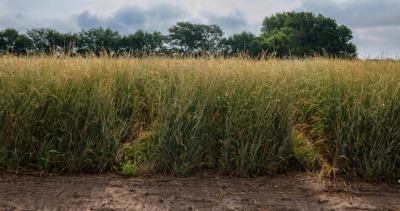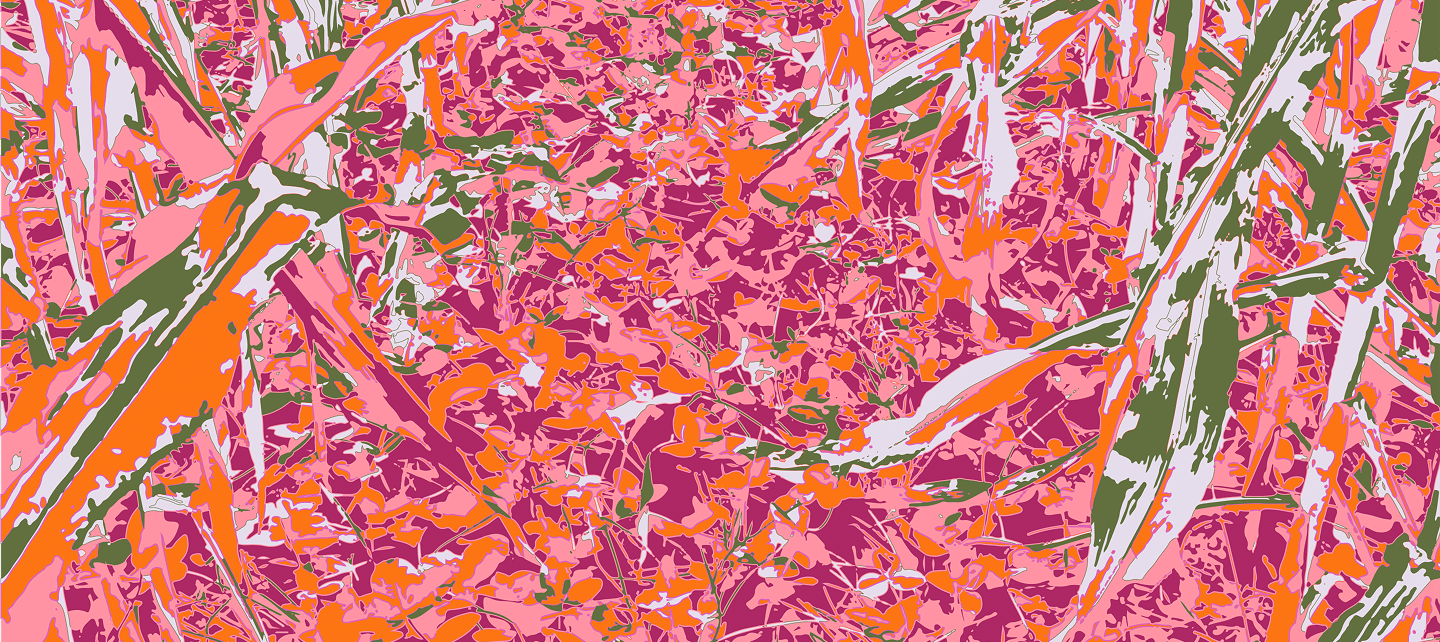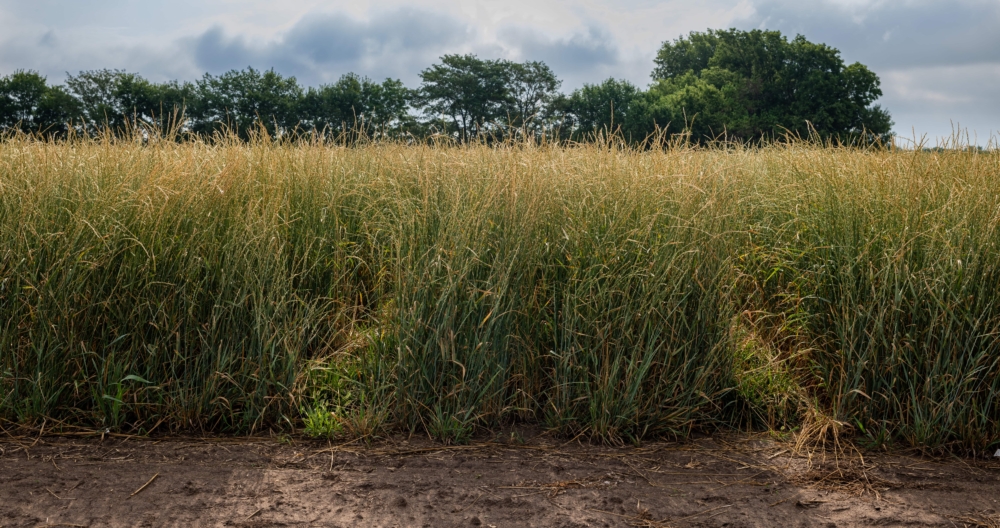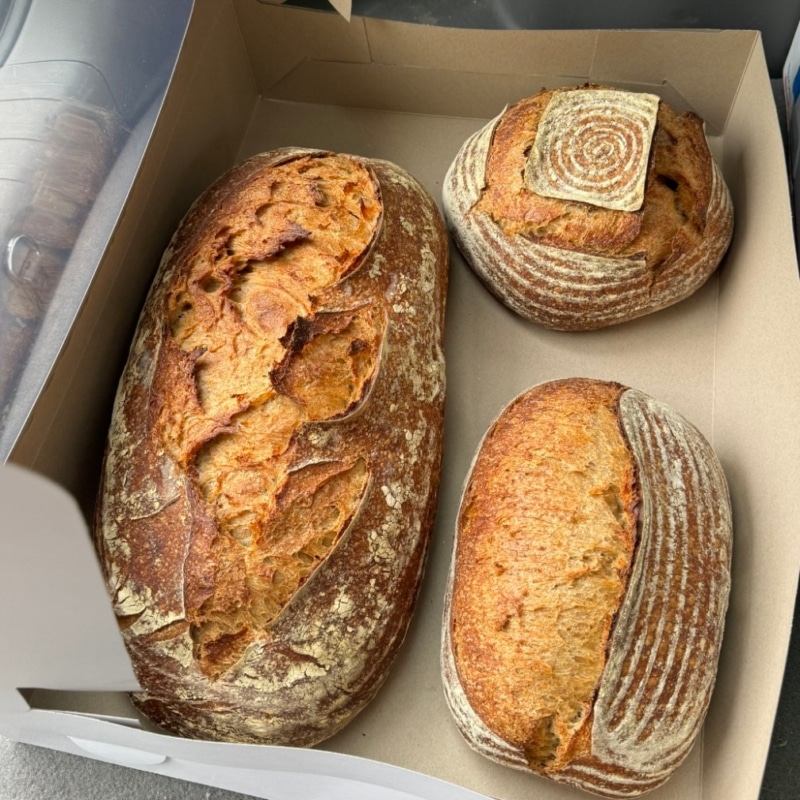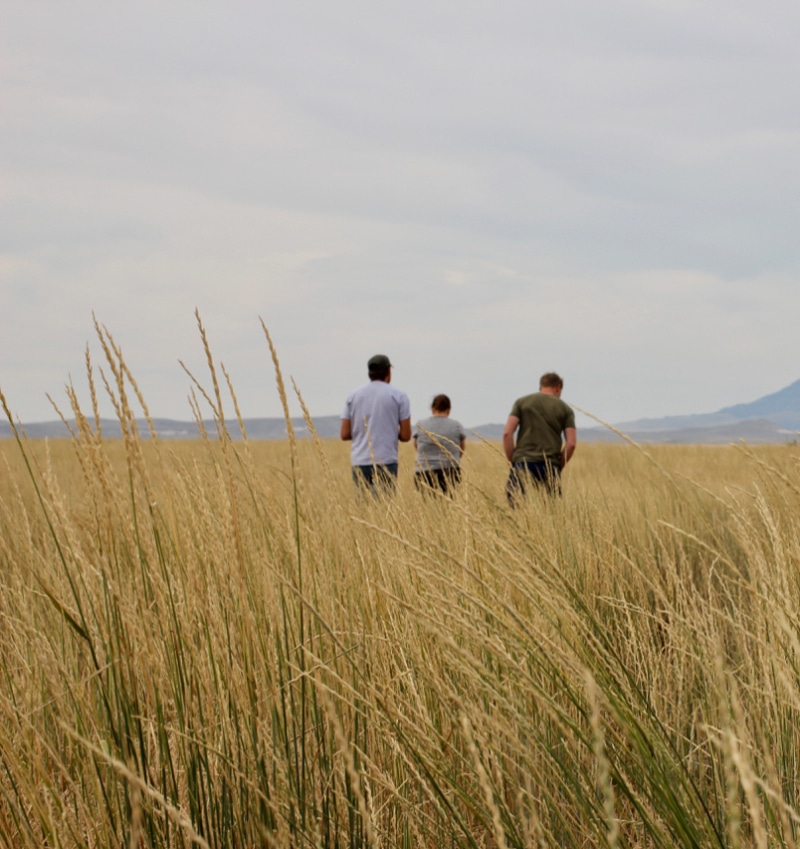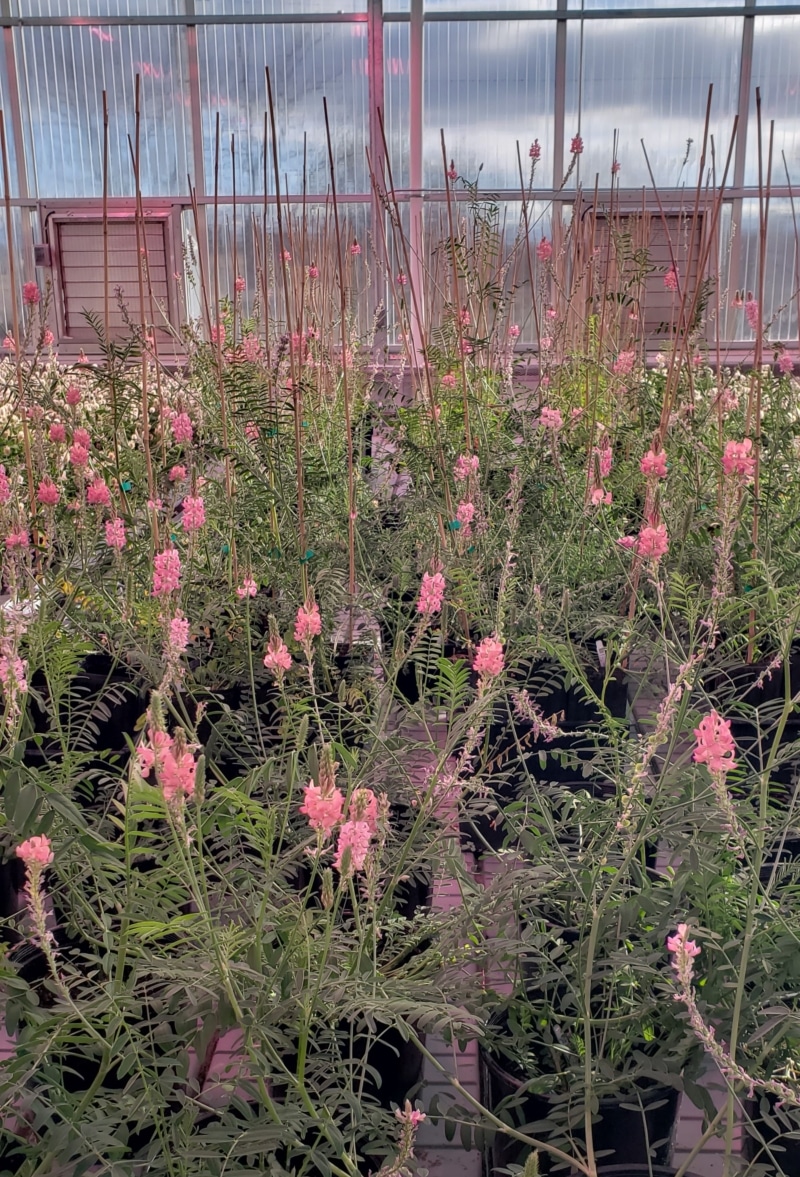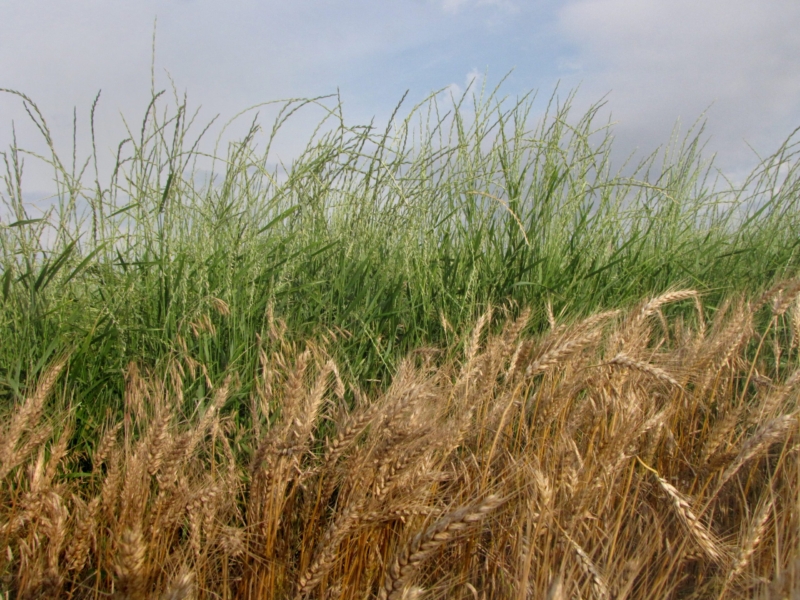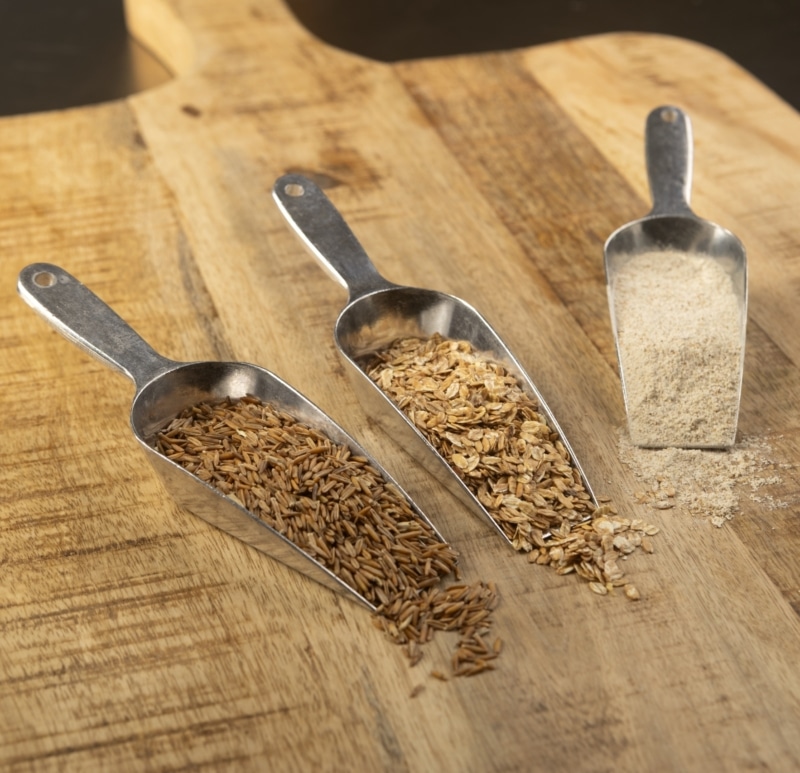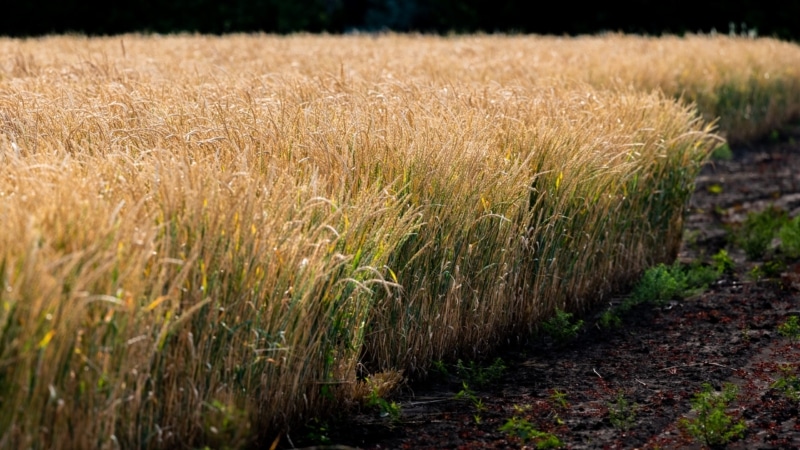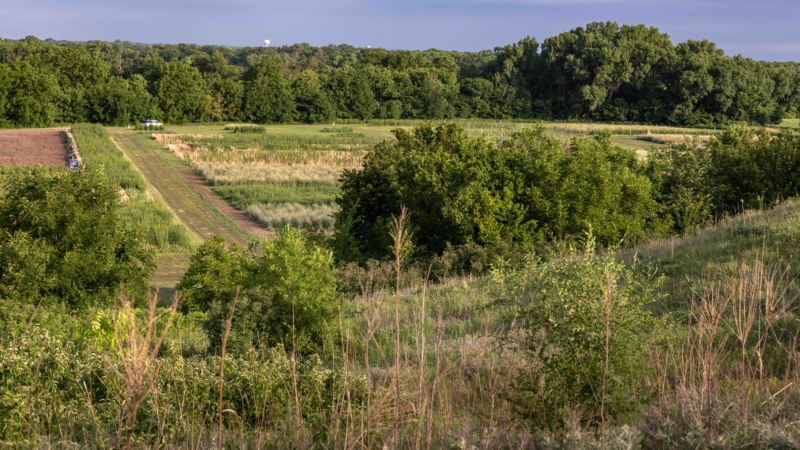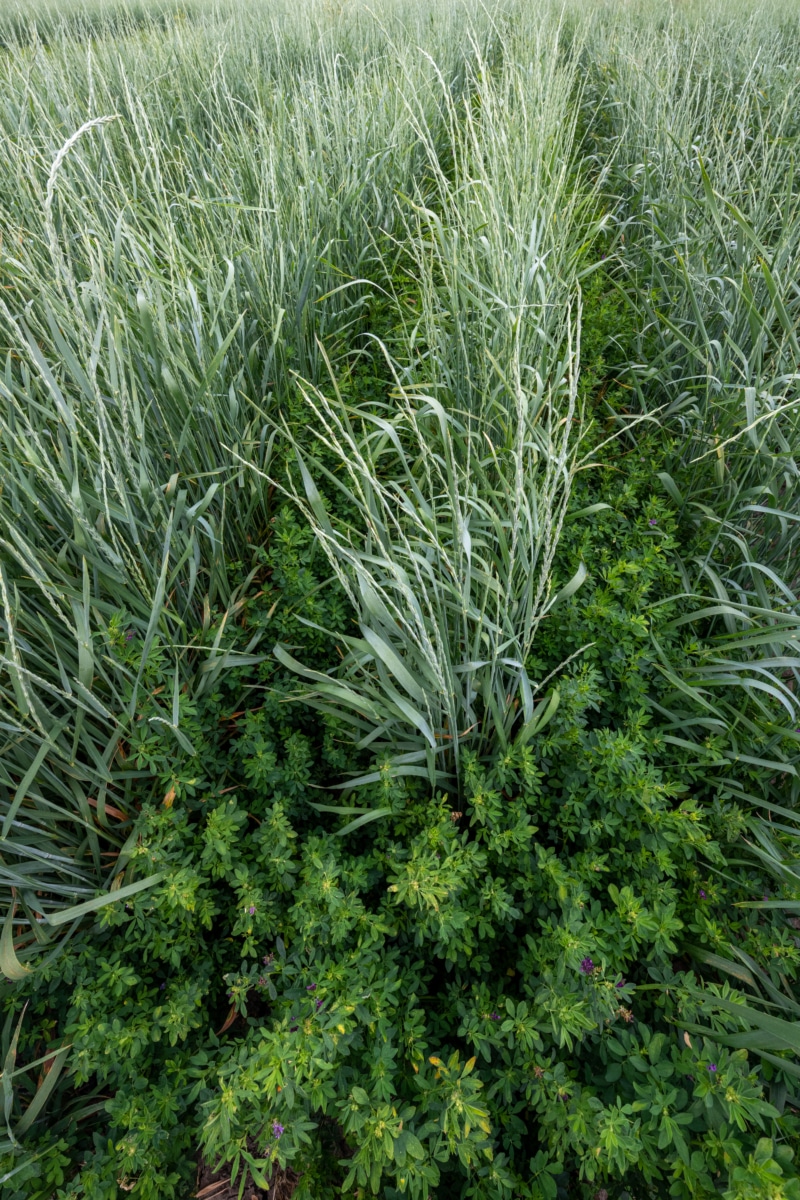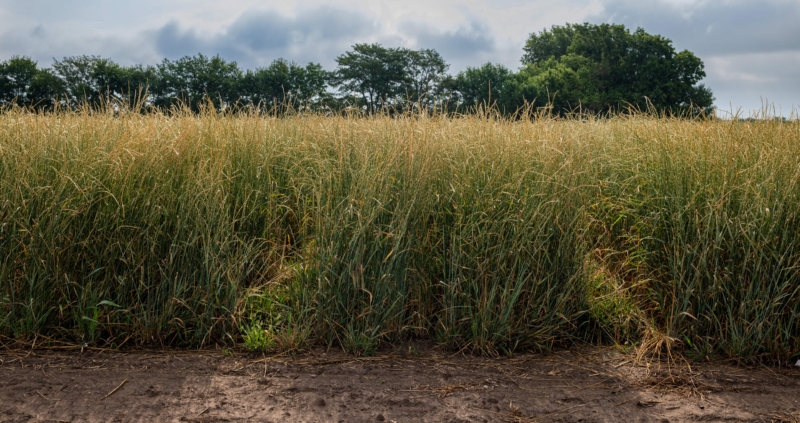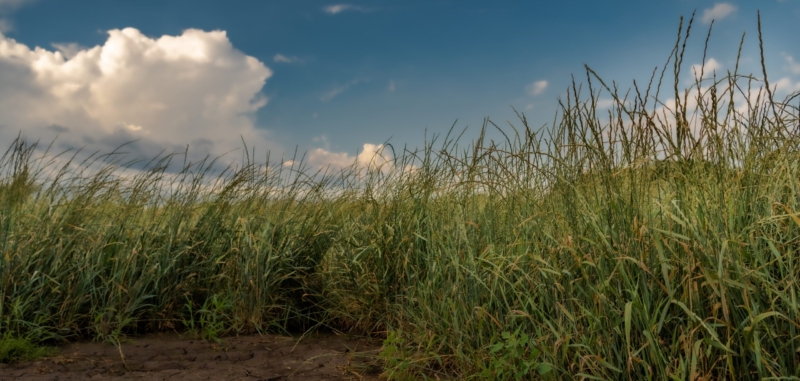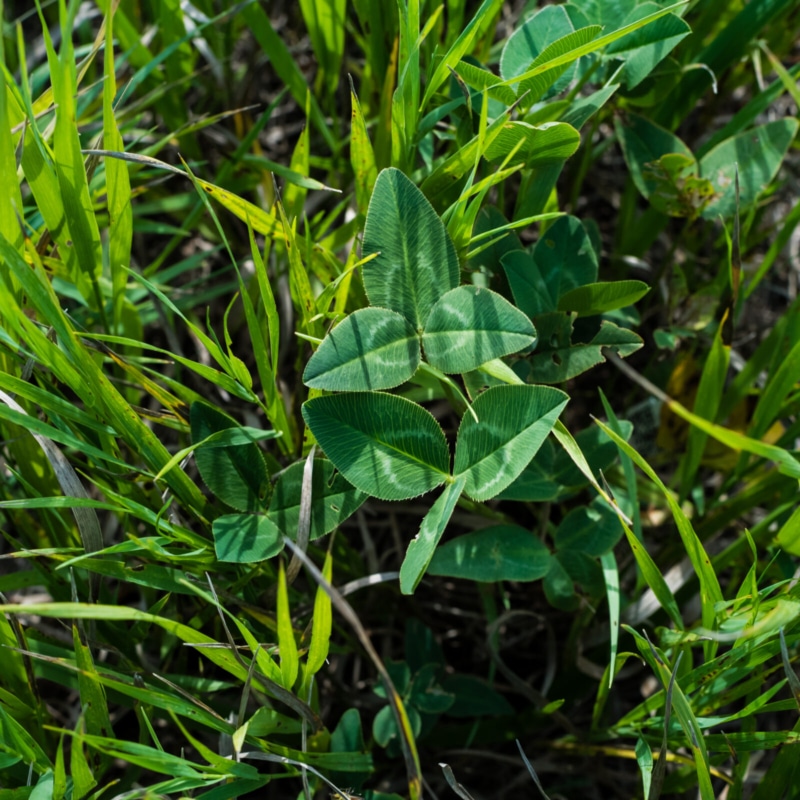The perennial crop intermediate wheatgrass [IWG, Thinopyrum intermedium (Host Barkworth & D.R. Dewey] has been under development as a grain crop since 2011 at the University of Minnesota (UMN). Breeding efforts have targeted larger seed size, reduced shattering, and improved threshability, among other traits. Calculating the rate of genetic gain provides insights into breeding progress and informs adjustments in future breeding practices. In this study, materials from multiple breeding cycles of the UMN IWG breeding program were grown in 4 environments to estimate realized genetic gain of domestication and agronomic traits. A set of 242 parents from breeding cycles 2–5 were planted in an augmented experimental design and evaluated over 2 years in 2 locations. Improvement in the mean values for selected traits from cycles 2 to 5 was observed for most traits. Regression analysis used to estimate the rate of genetic gain was significant for both floret and average shattering, spikelet density, seed area and width, and 10-spike seed weight and spike weight. With this information, we make recommendations for future IWG breeding practices. For example, we recommend phenotyping the two types of shattering independently and selecting earlier anthesis genotypes to improve yield component traits. We conclude that progress for several traits may take decades to achieve desired population means, and could be improved with better phenotyping methods, genomic selection applications, and decreased time per breeding cycle. These findings are applicable to other IWG breeding programs and perennial grain domestication programs.
